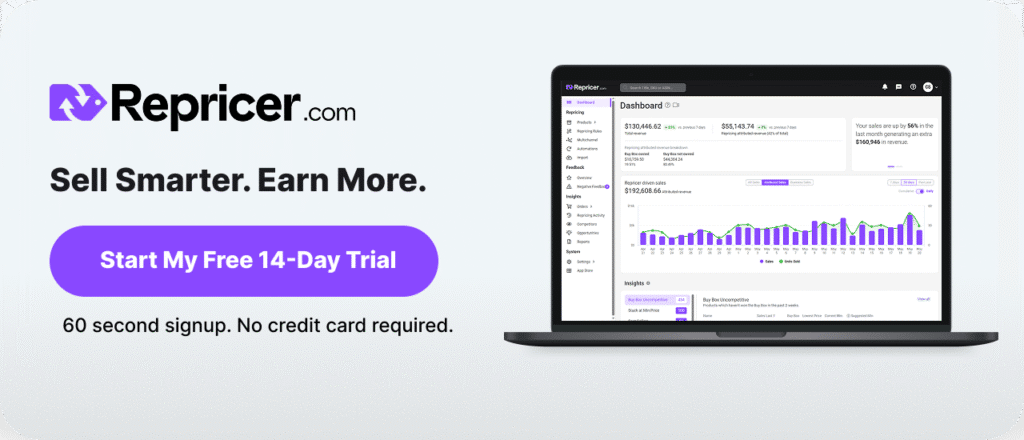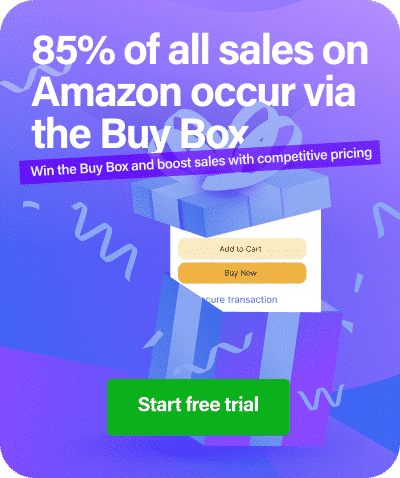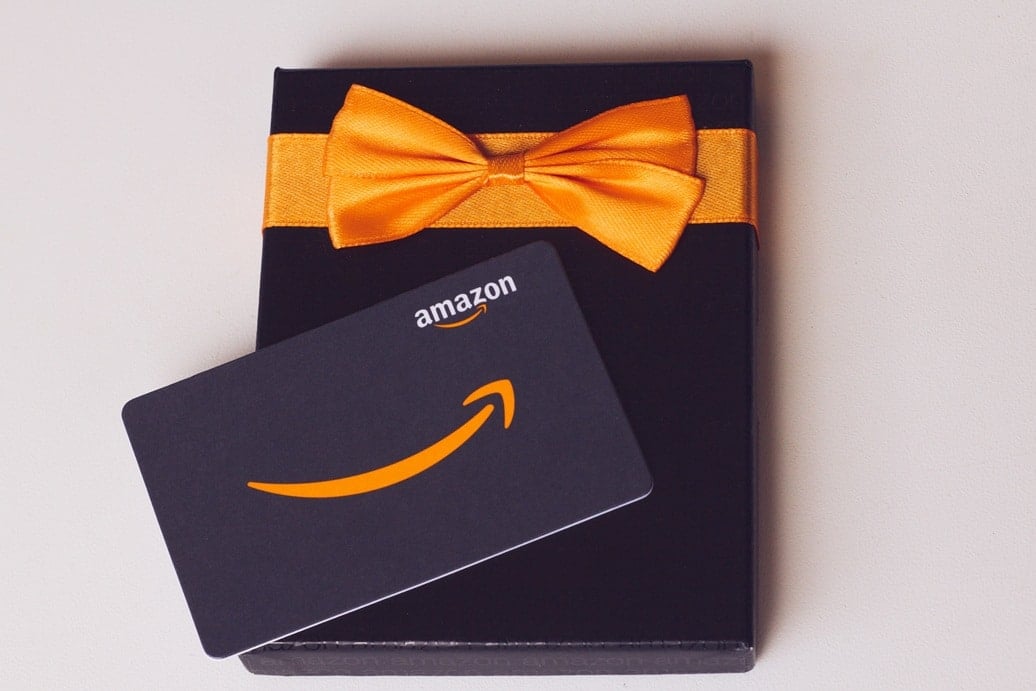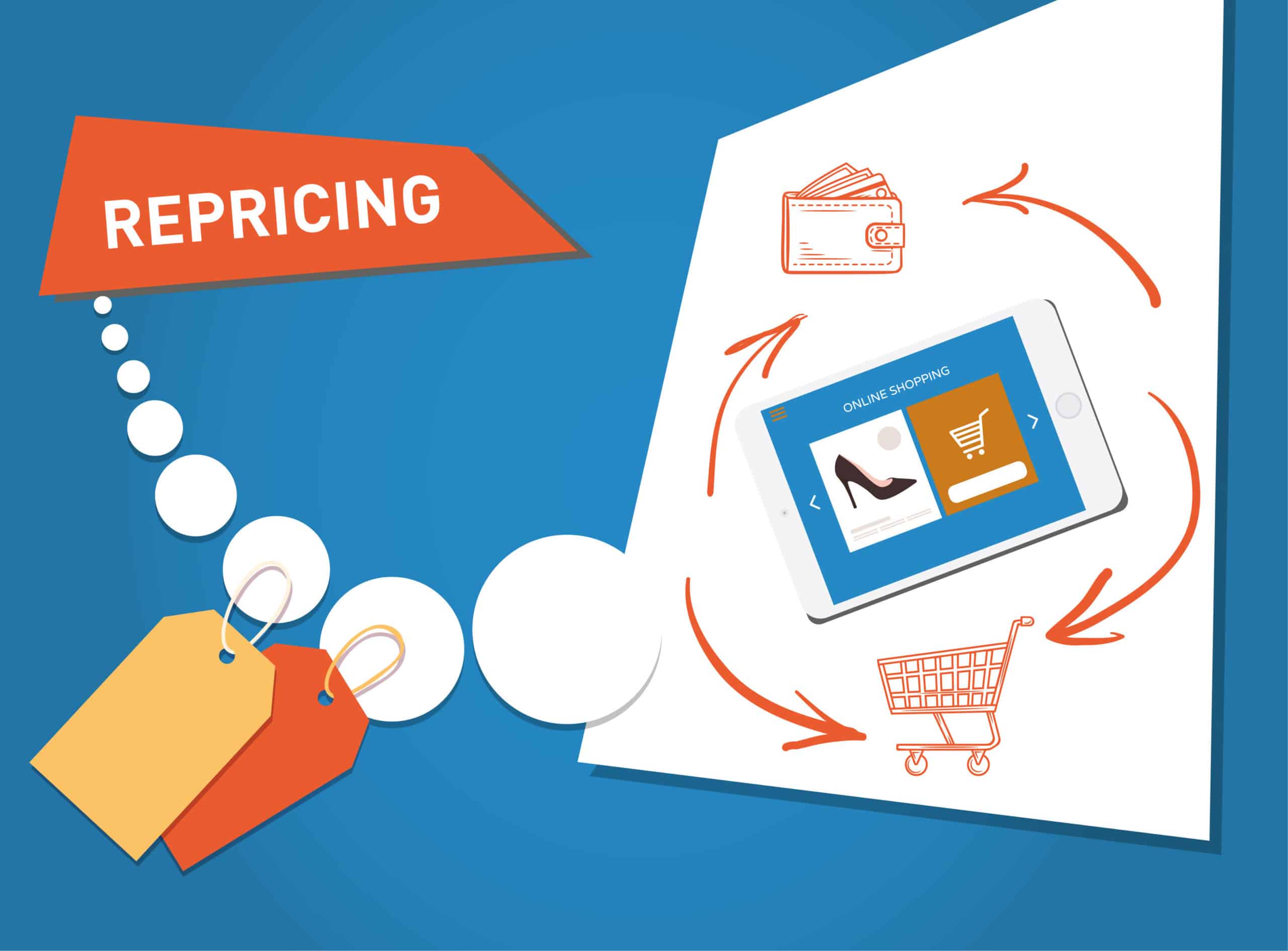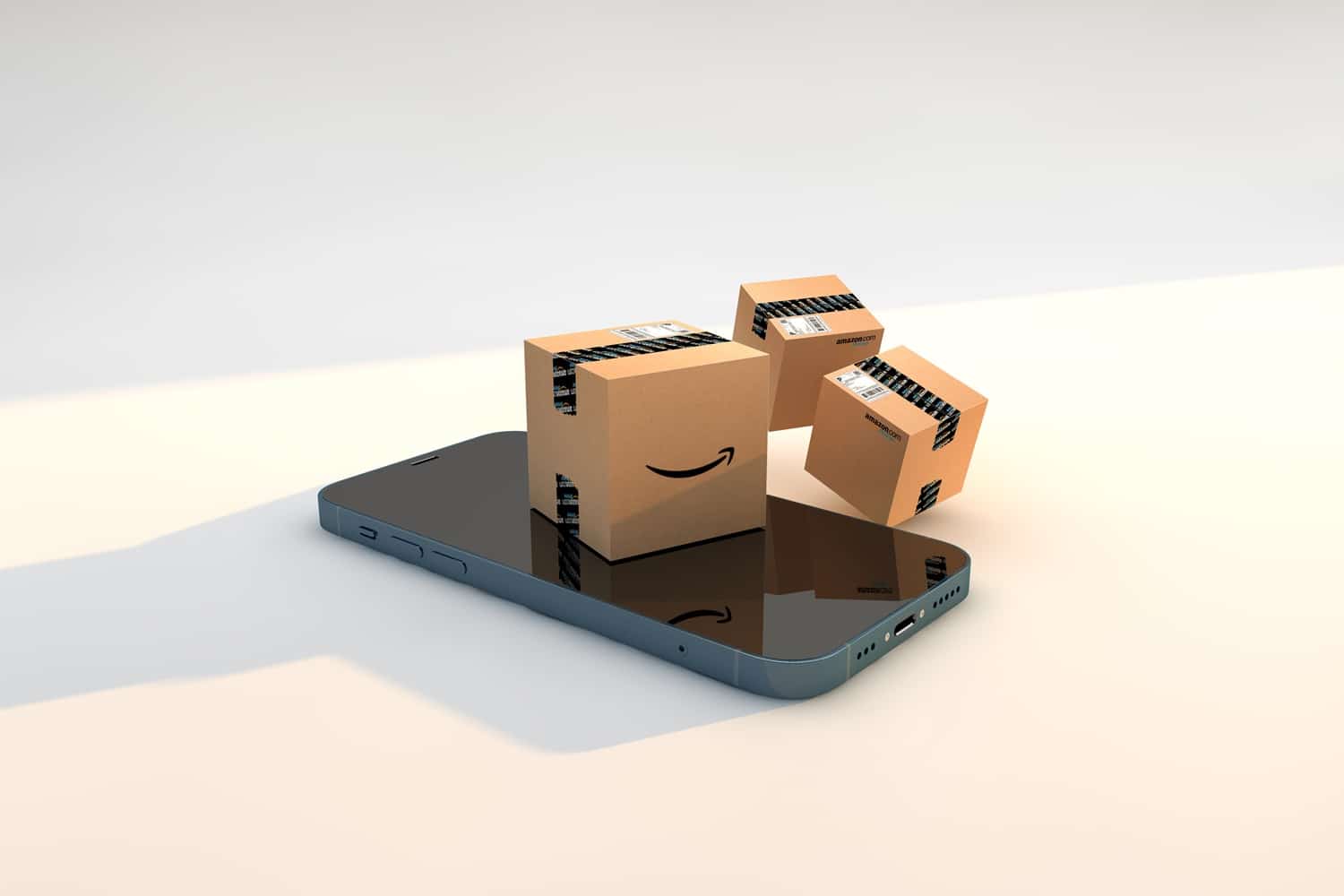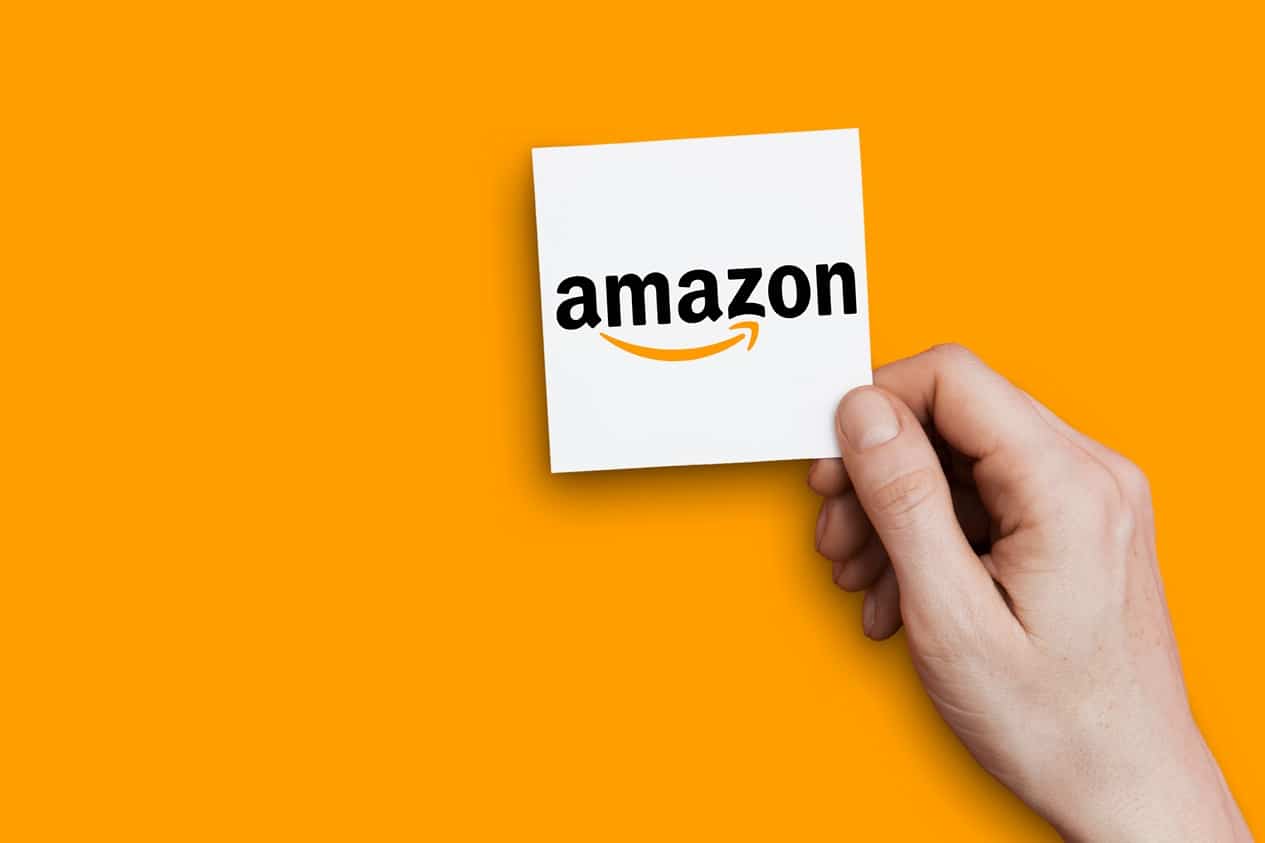This comprehensive guide equips Amazon sellers with everything they need to crush Prime Day 2025 —from promotional strategies and inventory planning to automated pricing and post-event tactics. Whether you’re a new seller or a seasoned pro, you’ll find actionable tips to maximize sales and stay ahead of the competition.
As Amazon prepares for Prime Day 2025, sellers worldwide are eager to capitalize on this massive shopping event. Now more than ever, participation can significantly boost your sales, increase brand visibility, and clear inventory – all essential for growth in the competitive Amazon marketplace. This blog explores why Prime Day 2025 is a golden opportunity, how to take part effectively, and the strategies to optimize your store for maximum profits.
Prime Day Performance: what History Tells Us
As we gear up for Prime Day 2025, it’s worth taking a quick look back at how Amazon’s major sales events have evolved in recent years—both in timing and impact.
Summer Prime Days: Growing Momentum Year Over Year
Amazon’s flagship sales event, held each July, has continued to grow in both scale and revenue. Here’s a snapshot of the main summer Prime Day events over the past three years.
| Year | Dates | Revenue |
|---|---|---|
| 2022 | July 12–13 | $11.9 billion |
| 2023 | July 11–12 | $12.7 billion |
| 2024 | July 16–17 | $14.2 billion |
The event has steadily evolved, not just in scope but also in scale. Importantly, Prime Day 2024 was Amazon’s biggest ever, with over 300 million items sold globally and an estimated $14.2 billion in total sales. These numbers reflect a massive spike in consumer participation and seller opportunity. With the momentum from 2024 still fresh, Prime Day 2025 is poised to be even more impactful.
October Prime Events: A New Holiday Kickoff Tradition
In addition to the July sales, Amazon has cemented a second major shopping window in October. These fall events are designed to jumpstart the holiday shopping season—and they’re becoming a regular fixture on the retail calendar:
| Year | Dates |
|---|---|
| 2022 | October 11–12 |
| 2023 | October 10–11 |
| 2024 | October 8–9 |
While Amazon hasn’t officially announced the dates for Prime Day 2025, all signs point to a mid-July launch—right in line with recent years. And if the trend continues, shoppers can likely look forward to a second round of deals in October, just in time to kick off holiday shopping early.
Prime Day 2025: More Time, More Markets, More Money
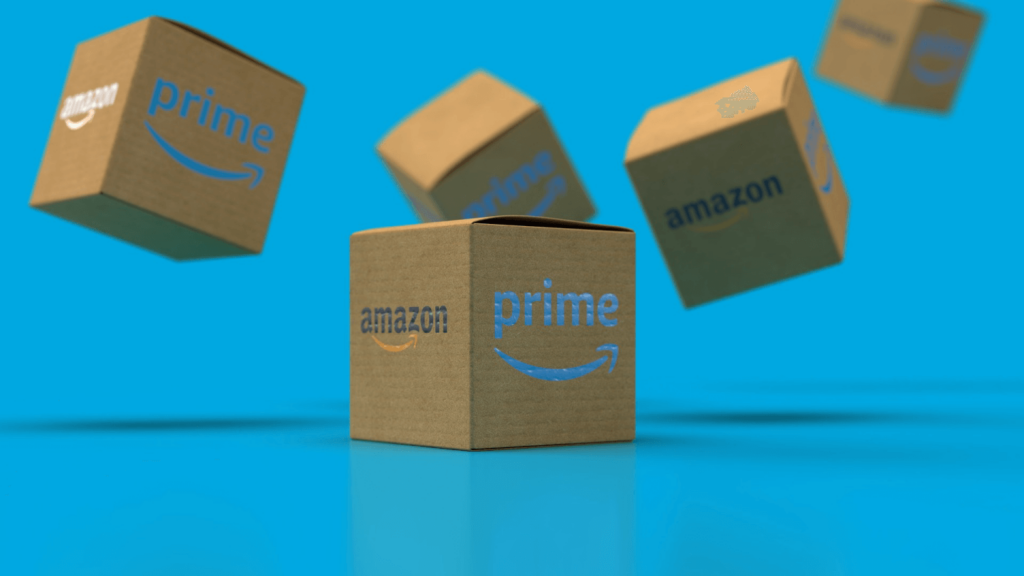
Sell to New Prime Day Markets
Amazon Ireland joins the Prime Day lineup in 2025, opening a lucrative new market for European sellers. Irish consumers are digitally savvy and eager for deals, providing an excellent testing ground for new products or bundles.
Countries Eligible for Prime Day 2025:
- United States
- United Kingdom
- Canada
- Germany
- France
- Italy
- Spain
- Japan
- India
- Australia
- Ireland (new)
Countries Not Yet Eligible:
- Brazil
- Mexico
- Saudi Arabia
- UAE
A New Extended Four-Day Event
Big news for sellers – and shoppers! In 2025, Amazon is taking Prime Day to the next level by expanding the event from two days to a four-day shopping extravaganza. This shift signals Amazon’s intent to create a more immersive, high-impact experience, giving brands and businesses more time to reach customers and optimize their performance.
Although official dates have not yet been announced, based on past patterns, it’s expected that Prime Day 2025 will take place in both July and October, continuing Amazon’s trend of holding two major Prime shopping events per year.
With Amazon extending Prime Day 2025 to a four-day shopping event, sellers now have a bigger window – and greater responsibility – to maximize results. This shift presents a massive opportunity for increased visibility and sales, but success hinges on smart planning, strategic pacing, and agile execution.
Strategic Advantages of a Four-Day Prime Event
The expansion of Prime Day 2025 to a four-day format is more than just extra time—it’s a structural shift that changes how sellers should think about timing, engagement, and execution. Here’s how the new format creates opportunity:
- Extended Buyer Engagement
With more time, shoppers aren’t rushed into making decisions. This allows brands to engage buyers in multiple waves, giving time to build trust, answer objections, and close more sales across the full four-day window. - Smoothed Operational Pressure
The added days reduce bottlenecks—logistics, customer service, inventory, and ad budgets can be spread out more evenly, making it easier to manage demand without sacrificing performance. - More Strategic Flexibility
Instead of trying to jam everything into a 48-hour sprint, sellers now have room to test, learn, and pivot mid-event. This allows for data-driven adjustments that weren’t possible in shorter windows. - Increased Visibility Opportunities
More shopping days mean more chances to appear in search results, Deals pages, and sponsored ad placements. You can rotate products, feature more SKUs, and build sustained exposure.
How to Win Prime Day 2025: Your Full-Stack Strategy
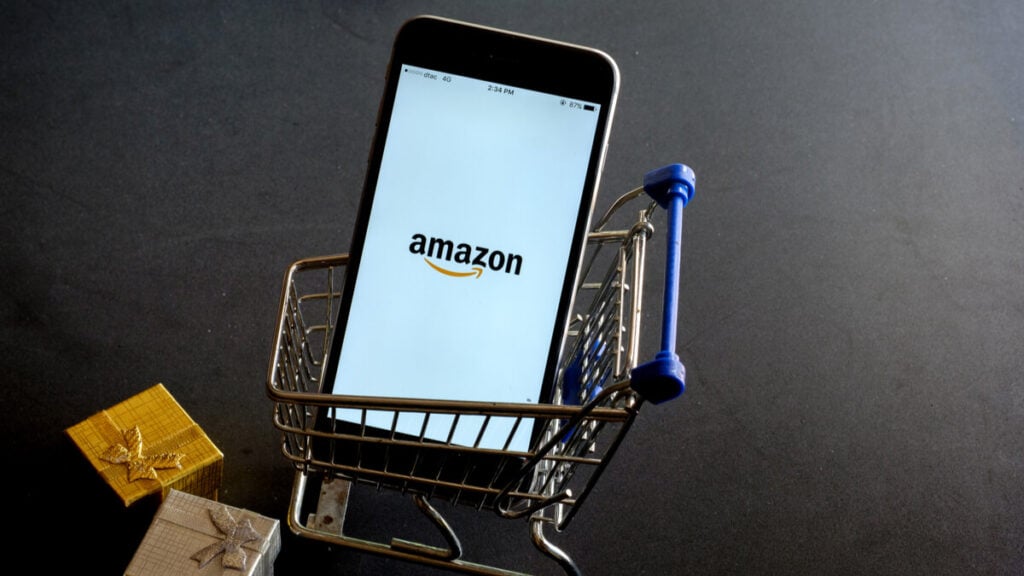
To fully capitalize on Prime Day 2025, you’ll need a multi-layered strategy that blends promotions, operations, advertising, and optimization. Here’s how to do it effectively—with some specific examples to guide implementation:
1. Smart Promotions: Time-Limited Deals & Pacing Ad Spend
Use Amazon’s promotional tools strategically across all four days to maximize visibility and conversion.
Key Promotion Types:
- Lightning Deals: Drive urgency for best-sellers or excess inventory.
- Prime-Exclusive Discounts: Boost conversion rates and visibility among Prime members.
- Coupons: Simple, visible, and effective across product listings.
Ad Spend Pacing Tips:
- Don’t burn your entire ad budget on Day 1 – Prime Day is now a marathon, not a sprint.
- Schedule deals during peak traffic (8–10 a.m. & 7–9 p.m. local time).
- Adjust dynamically based on performance insights mid-event.
Example Promotion Flow:
- Day 1: Launch Lightning Deal on your hero product + Sponsored Brands ads.
- Day 2: Roll out Prime-exclusive discounts and retarget Day 1 traffic.
- Day 3: Boost urgency with deeper discounts and raise Sponsored Products bids.
- Day 4: Use “last chance” messaging, bundles, and coupons to close strong.
2. Listing Optimization: SEO, Visuals & Conversion Triggers
Even the best deals won’t convert without high-performing product pages.
Optimization Checklist:
- Title: Use high-volume keywords (from Amazon’s Search Query Performance Report).
- Bullet Points: Focus on benefits, not features (e.g., “Lasts 3x longer”).
- Images: Include 5–7 high-quality images + a <60 sec lifestyle video.
- A+ Content: Brand Registry sellers should use this to boost conversion by 5–10%.
3. Inventory Management: Plan for Multi-Day Demand
With Prime Day extended to four days, inventory planning needs to account for sustained and late-stage demand.
Inventory Tactics:
- Use Amazon’s Restock Inventory Report or third-party tools like SoStocked.
- Distribute inventory across multiple fulfillment centers for faster delivery.
- Reserve buffer stock for Day 4 buyers who respond to urgency and FOMO.
4. Real-Time Adjustments: Stay Agile with Daily Syncs
Prime Day success isn’t “set and forget”—you must actively manage performance.
Track These Hourly:
- Units sold per SKU
- Ad spend vs. ROAS
- Conversion rate
- Buy Box win rate
Operational Tip: Hold daily syncs with your team or agency to analyze data and shift resources based on what’s working.
5. Post-Event Retargeting: Turn Prime Day Traffic Into Long-Term Growth
The opportunity doesn’t end on Day 4. Use your Prime Day audience data to drive ongoing conversions.
Post-Event Tactics:
- Retarget visitors with Sponsored Display or DSP campaigns.
- Launch email flows for browsers who didn’t convert.
- Reuse top-performing ASIN data for Q4 campaign planning.
Example: If a product drew traffic but had low conversion, follow up with a coupon campaign, improved listing, and retargeting ads to recover missed revenue.
Boost Sales with Automated Repricing During Prime Day
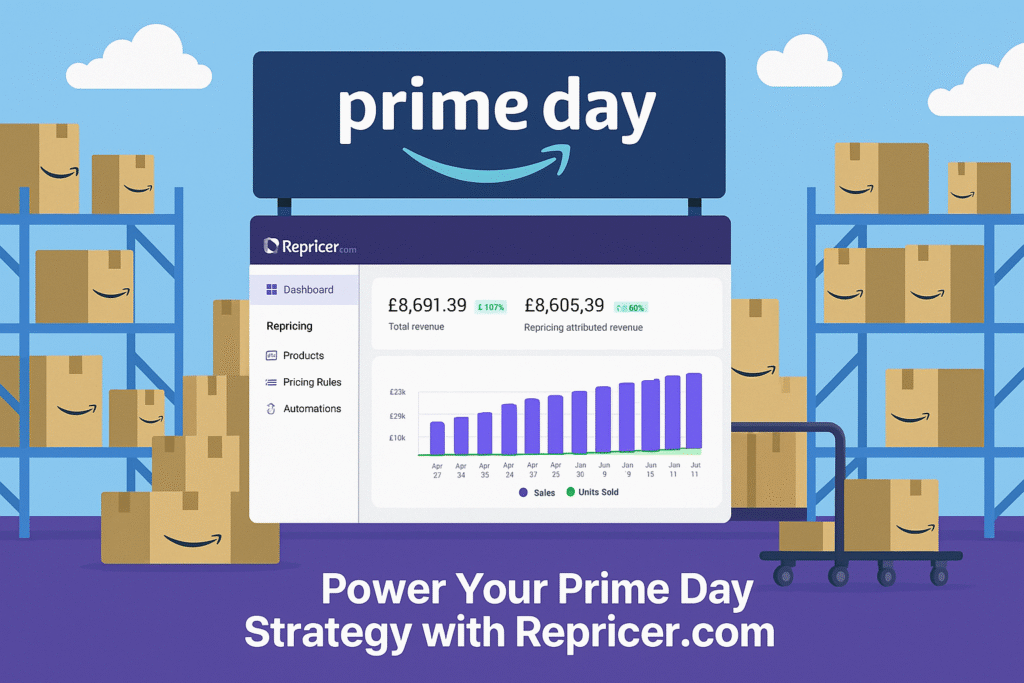
TL;DR: Repricer.com helps you win the Buy Box and stay competitive during Prime Day—automatically adjusting prices based on real-time competitor activity.
Dynamic pricing is crucial during Prime Day when competition is intense and prices shift rapidly. Tools like Repricer.com help sellers automatically adjust prices in real time based on competitor activity, making it easier to win the Buy Box and increase sales without constant manual effort.
Key Benefits of Automated Repricing during Prime Day
- Real-Time Adjustments: Continuously monitor competitors and update your prices instantly to stay competitive.
- Margin Protection: Set floor and ceiling prices to maintain profitability while remaining attractive to shoppers.
- Consistent Buy Box Wins: Automated repricing improves your chances of securing the Buy Box, which is vital for conversions.
- Time Efficiency: Automating pricing lets you focus on inventory, marketing, and customer service rather than manual price changes.
Why Automated Repricing Matters More for the Extended Four-Day Event
With Prime Day now lasting four days, pricing needs will evolve throughout the event. Automated repricing keeps your prices optimized as inventory fluctuates and competitors adjust, helping you:
- Stay competitive during peak early sales.
- Raise prices strategically when rivals run low on stock.
- Lower prices later to clear slow-moving inventory.
Final Thoughts: Be Proactive, Not Reactive
Prime Day 2025 isn’t just bigger—it’s fundamentally different. With a 4-day format, a growing list of global markets including Amazon Ireland, and more Prime members than ever, this is your chance to capture serious growth.
But success won’t come from last-minute efforts. The most profitable sellers will be those who plan ahead, pace strategically, optimize daily, and stay agile across all four days.
Whether you’re a first-time seller or an established brand, automation will be your edge. Tools like Repricer.com help you stay Buy Box–competitive in real-time, without the manual grind—so you can focus on scaling ads, managing inventory, and maximizing customer value.
Let’s make Prime Day 2025 your most profitable event yet.

